Quiz History
Last Updated:
Are you a history buff? Our quizzes are for you! Test your knowledge of the great historical periods, landmark events, famous people and civilizations that have shaped the world as we know it today.
Our history quizzes are a fun and educational way to relive key moments in human history. With a varied selection of questions, you can test your knowledge on topics ranging from antiquity to the 21st century, including the Middle Ages, the Renaissance, industrial and political revolutions.
Do you know who signed the U.S. Declaration of Independence? Do you know the dates of major battles such as Hastings and Waterloo? Can you identify iconic figures such as Napoleon, Cleopatra and Martin Luther King? Our history quizzes are designed to help you answer all these questions while enriching your historical knowledge.
As you explore our history quizzes, you’ll discover fascinating anecdotes, little-known facts and striking details about the events and characters that changed the course of history. Whether you’re a history buff, a student or simply curious, our quizzes are an interactive and entertaining way to test your knowledge and learn more about the events that have shaped the world.
Test your knowledge and travel through the ages with our history quizzes!
Test your knowledge of history with our quizzes. Whether you’re an amateur or a true enthusiast, our quizzes will offer you a challenge adapted to your level.
Compare yourself with other history buffs and find out where you stand among connoisseurs of the great historical periods. Each question is an opportunity to learn and deepen your knowledge.
Our history quizzes are not simple knowledge tests, but interactive learning tools. Each question is accompanied by detailed explanations and interesting facts about key events, characters and eras.
By answering the questions, you’ll enrich your general knowledge and develop a better understanding of the past. Use our quizzes to explore new historical periods, discover fascinating anecdotes and strengthen your knowledge of world history.
history
/ 10

When was the Union of Soviet Socialist Republics (USSR) founded?
21922
11917

🙌 Good answer
The Union of Soviet Socialist Republics (USSR) was founded on December 30, 1922. It was created after the Russian revolution of 1917 and the civil war.
Next question

😞 Wrong answer
The Union of Soviet Socialist Republics (USSR) was founded on December 30, 1922. It was created after the Russian revolution of 1917 and the civil war.
Next question
history
/ 10
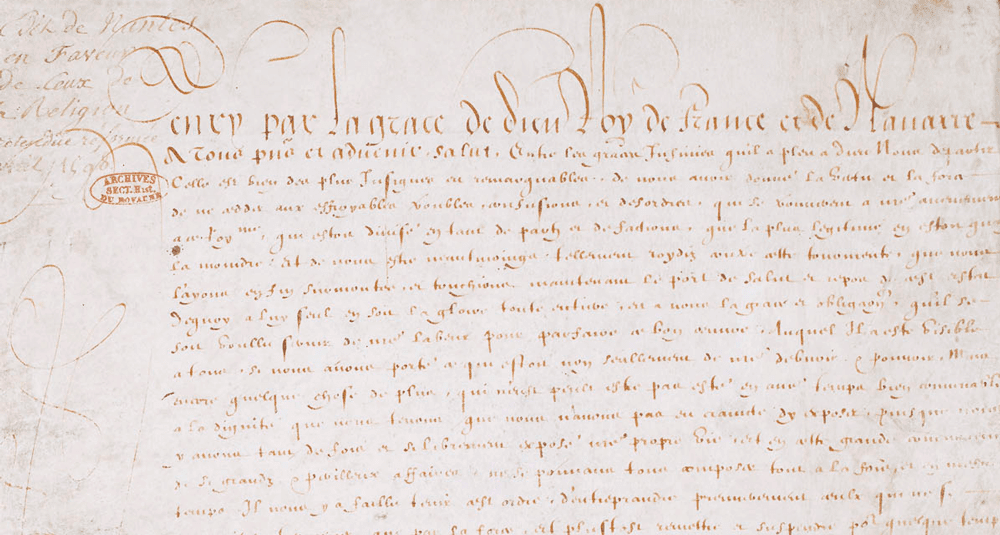
Which King of France promulgated the Edict of Nantes on April 30, 1598?
1Henri IV
2Louis XIII

🙌 Good answer
The Edict of Nantes, promulgated on April 30, 1598, was signed by King Henri IV of France to guarantee religious peace between Catholics and Protestants.
Next question

😞 Wrong answer
The Edict of Nantes, promulgated on April 30, 1598, was signed by King Henri IV of France to guarantee religious peace between Catholics and Protestants.
Next question
history
/ 10
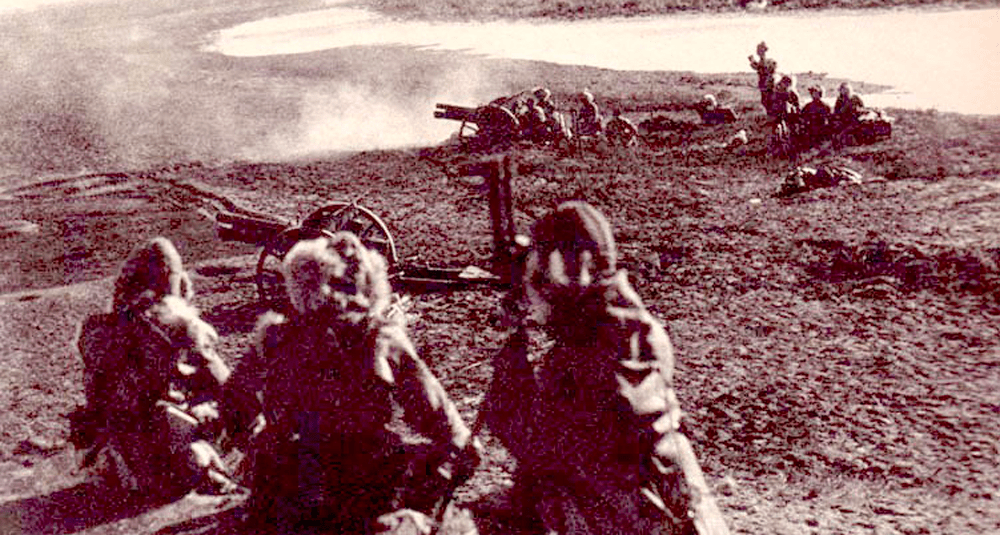
When did the Japanese Guandong Army invade Manchuria?
21931
11921

🙌 Good answer
It was in 1931 that the Japanese Guandong army invaded Manchuria, a key event with major historical consequences.
Next question

😞 Wrong answer
It was in 1931 that the Japanese Guandong army invaded Manchuria, a key event with major historical consequences.
Next question
history
/ 10
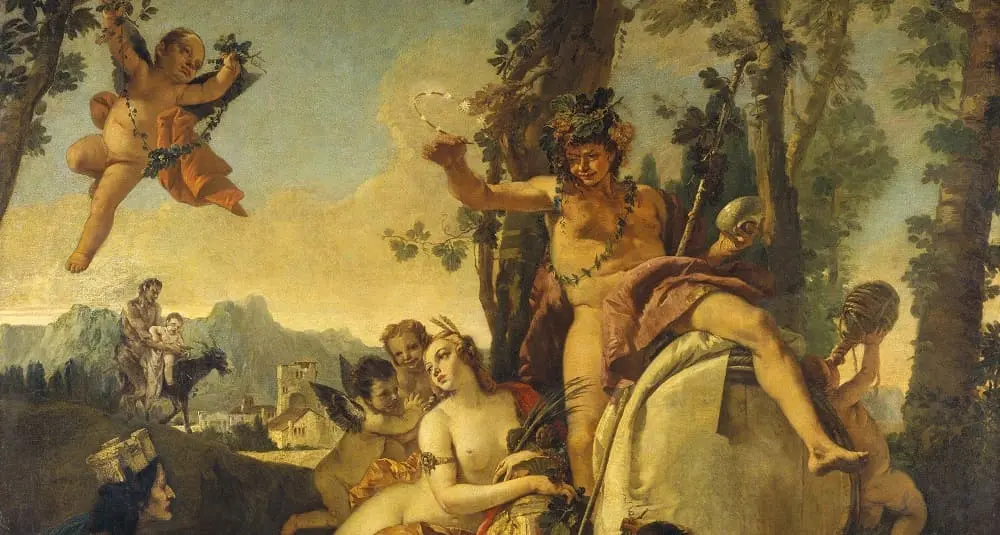
What are Bacchus' attributes?
2Vine and cup
1Lightning and trident

🙌 Good answer
The attributes of Bacchus, the Roman god of wine, include the vine, the cup, the thyrse, the panther, ivy leaves and the grape crown.
Next question

😞 Wrong answer
The attributes of Bacchus, the Roman god of wine, include the vine, the cup, the thyrse, the panther, ivy leaves and the grape crown.
Next question
history
/ 10
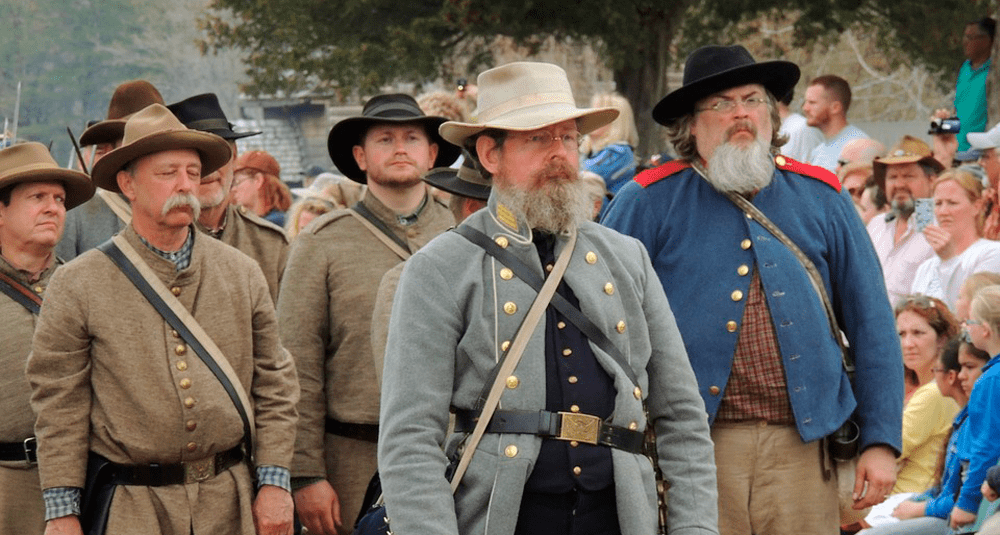
Which soldier is General-in-Chief of Confederate armies?
2Robert E. Lee
1Ulysses S. Grant

🙌 Good answer
Robert Lee is first the commander of the Virginia Armed Forces and then Chief General of the Confederate State Army.
Next question

😞 Wrong answer
Robert Lee is first the commander of the Virginia Armed Forces and then Chief General of the Confederate State Army.
Next question
history
/ 10

In Roman mythology, who is the goddess of love?
2Venus
1Aphrodite

🙌 Good answer
In Roman mythology, Venus is the goddess of love, beauty and fertility. She is the Roman equivalent of Aphrodite, her Greek counterpart.
Next question

😞 Wrong answer
In Roman mythology, Venus is the goddess of love, beauty and fertility. She is the Roman equivalent of Aphrodite, her Greek counterpart.
Next question
history
/ 10
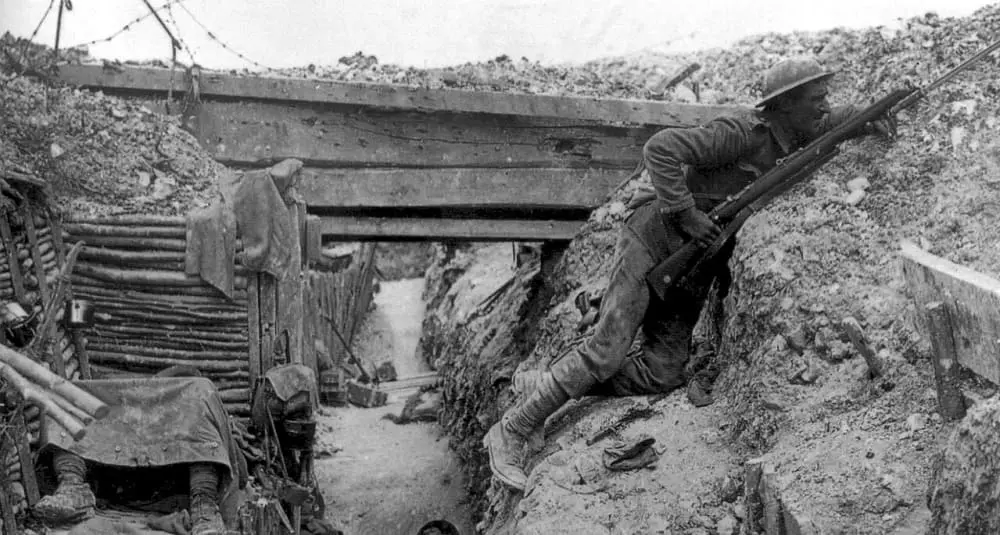
Which countries are part of the Triple Entente?
2France, United Kingdom and Russia
1Germany, Austria-Hungary and Italy

🙌 Good answer
The Triple Entente consisted of France, the UK and Russia, allied before 1914 to counter the rise of the Triple Alliance powers.
Next question

😞 Wrong answer
The Triple Entente consisted of France, the UK and Russia, allied before 1914 to counter the rise of the Triple Alliance powers.
Next question
history
/ 10
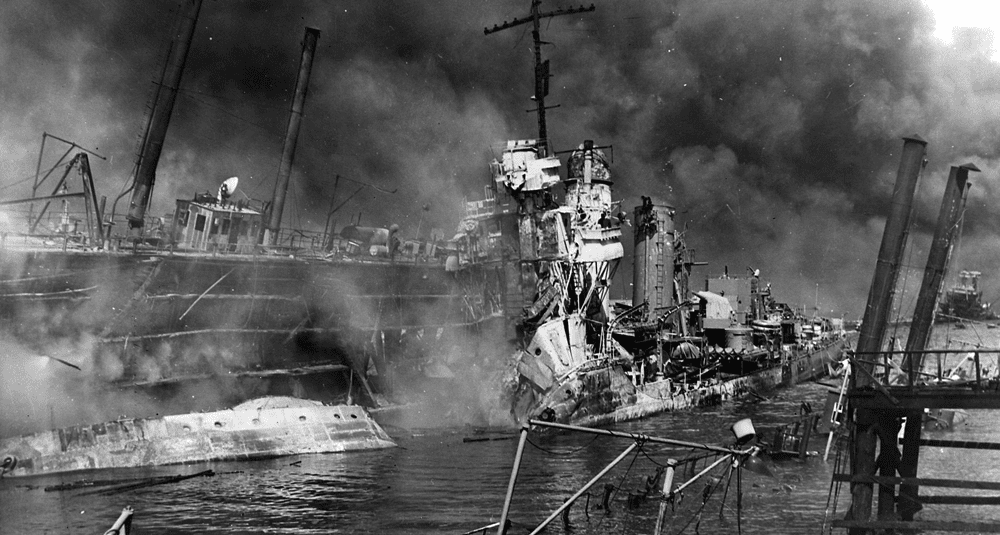
When did the Japanese Army attack Pearl Harbor?
11941
21944

🙌 Good answer
The Japanese army attacked Pearl Harbor on December 7, 1941. This event led to the United States' entry into the Second World War.
Next question

😞 Wrong answer
The Japanese army attacked Pearl Harbor on December 7, 1941. This event led to the United States' entry into the Second World War.
Next question
history
/ 10
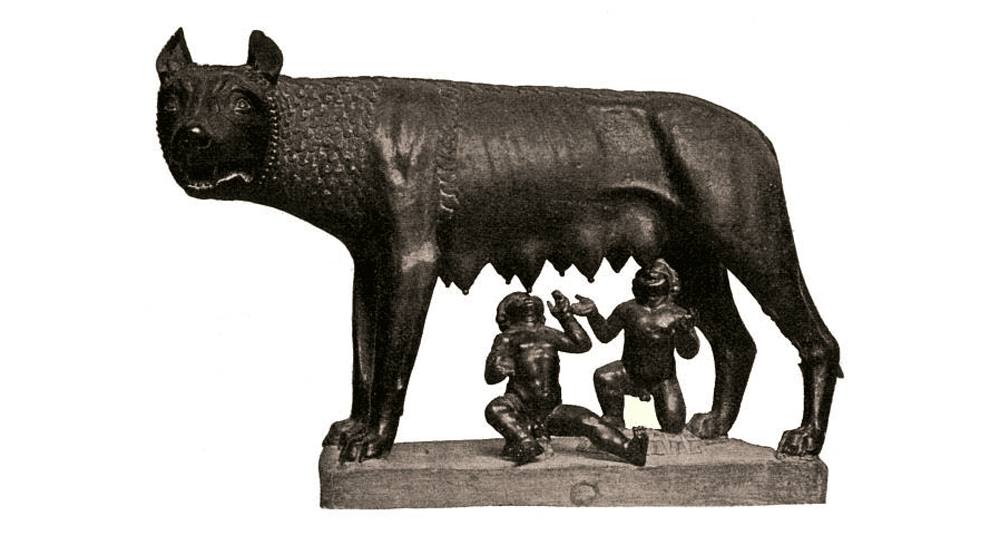
According to myths, when did Remus and Romulus found the city of Rome?
1753 B.C.
2509 B.C.

🙌 Good answer
According to Roman myths, Romulus founded the city of Rome on the site of Mount Palatine on the Tiber on April 21, 753 BC.
Next question

😞 Wrong answer
According to Roman myths, Romulus founded the city of Rome on the site of Mount Palatine on the Tiber on April 21, 753 BC.
Next question
history
/ 10

Who was Eos in Greek mythology?
1Déesse de l'aube
2Déesse de la lune

🙌 Good answer
In Greek mythology, Eos is the goddess of dawn. Daughter of the Titans Hyperion and Theia, she opens the gates of heaven every day to allow the sun to shine.
Next question

😞 Wrong answer
In Greek mythology, Eos is the goddess of dawn. Daughter of the Titans Hyperion and Theia, she opens the gates of heaven every day to allow the sun to shine.
Next question


